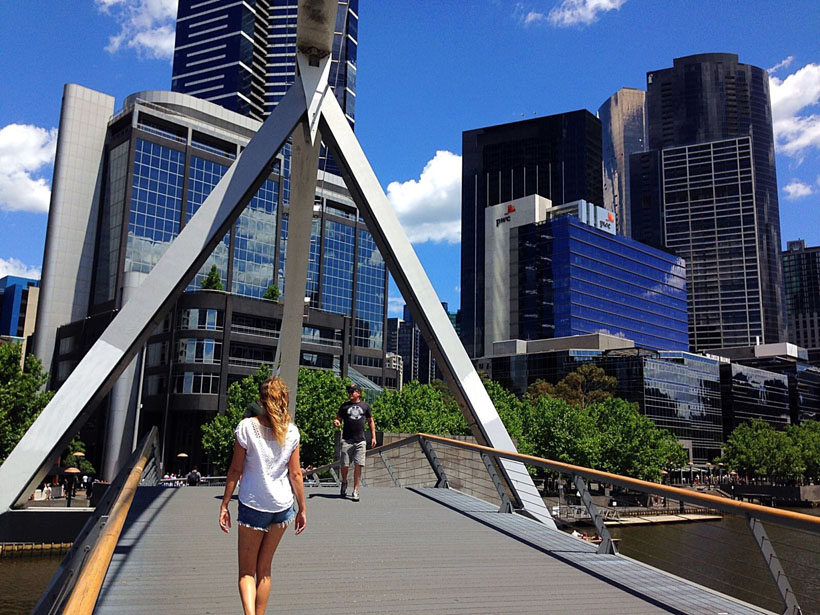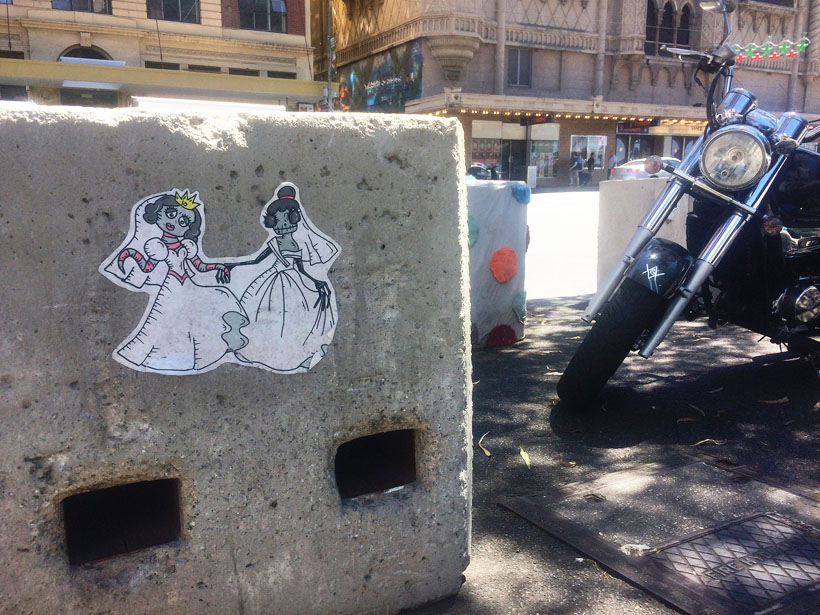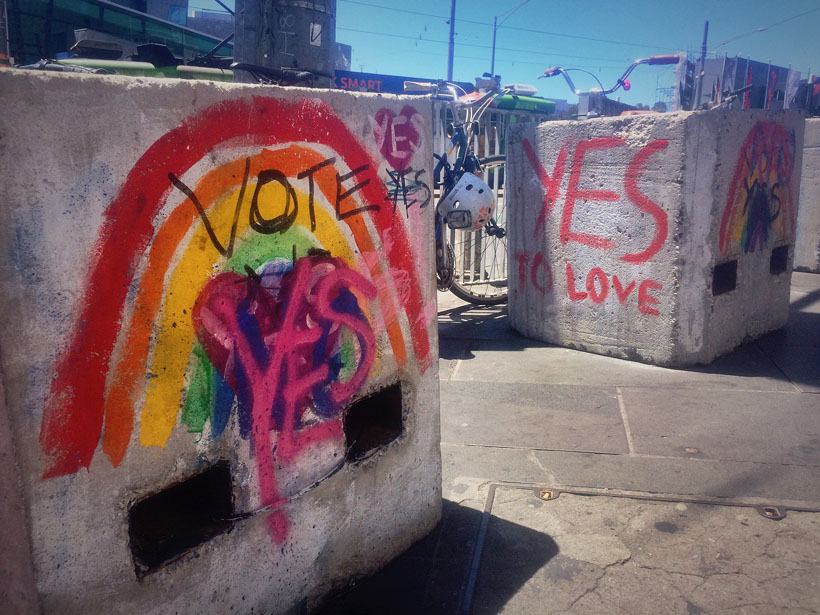Australia’s monumental ‘yes’ vote for same sex marriage came as my plane touched down at Melbourne Airport and, as the country’s renowned cultural capital, the city seemed to shout its acceptance in a flurry of rainbow flags and creative street art.
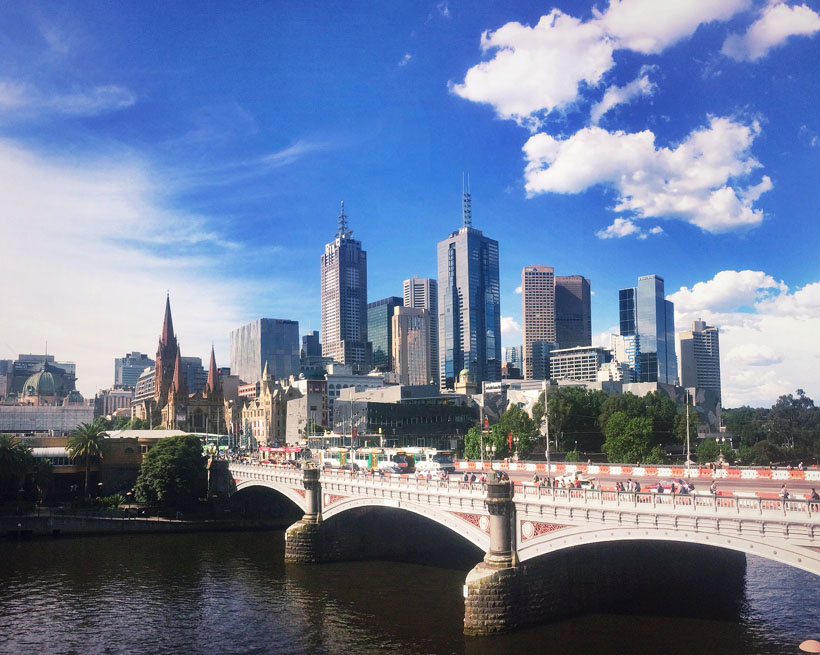
Moments into my Melbourne trip I was told to promise, hand on heart, that “I will never step foot in Starbucks whilst in the city”. I soon understood why, as I discovered laneways bursting with bright artwork and alternative coffee spots and elderly bohemian-style street performers. Just a few steps later I stumbled upon creative subway exhibitions, with yet more stalls to serve my caffeine fix. The city instantly appeared to embody the independent, artistic narrative it is famed for.
Melbourne’s movement towards cultural growth is apparent everywhere you look – from the pop up installations in the Botanical Gardens to the city’s ever growing collection of public art. Possibly one of its most famed features is that of the Lanes. The side streets of the inner city have been transformed into quirky warrens, dotted with independent eateries, coffee shops and vintage stores. Once nothing more than slums during the gold rush of the Marvelous Melbourne era, these urban alleys now hold great cultural significance as home to some of the finest arts and brunch spots in the city.
Anyone who has spent any time in Melbourne will have experienced its street art culture. The cities laneways have become a contemporary symbol for the city where, since the 1990s, there has been a growing acceptance for graffiti as a form of art. Alleyways within the city centre have become iconic spaces for the legal creation of street art. The initiative was borne from the desire to promote creativity in unused or dirty spaces of the city – creating vibrancy where there was formerly darkness. One piece in particular uses the environment as a muse, creating an urban jungle that brings bursts of greens and blues to the grey of the city’s alleyways. Artists, such as Mike Makatron, have become famous for their urban creations here in Melbourne leading to streams of camera-clad tourists descending upon the iconic Hosier Lane and ACDC to get that perfect Instagram shot.
The laneways initiative has brought a rich form of organic culture and heritage to Melbourne. I spent much of my time away from the main high streets, hopping from lane to lane to lap up their unique feel and experience. Rather than being a part of town to be avoided, the lanes have taken centre stage – some strung with ornate lighting and bunting, many adorned with vibrant art, whilst others are home to a bustling coffee culture and overflowing boutique cafes.
This isn’t to say that Melbourne has generated a new credibility for graffiti as a form of art. In fact, the work of internationally renowned street artist Banksy has been vandalised and destroyed on 3 occasions within the city. This led to the response that, although it was a shame, it was hardly the Mona Lisa… So, whilst there is still a very real impression among many that graffiti isn’t valued artwork, the laneways initiative evidences a real movement towards organic and niche cultural city growth.
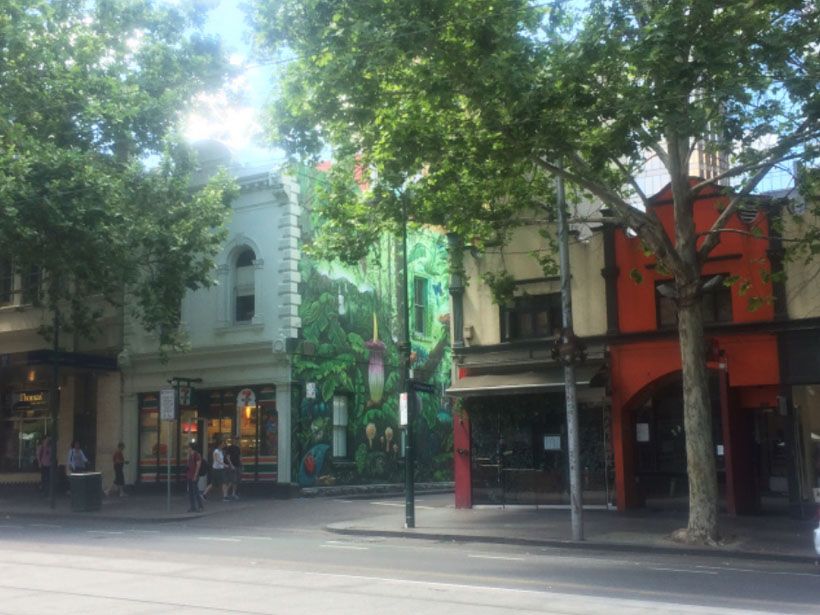
It wasn’t just the marriage vote I’d arrived to; it was also Melbourne’s annual music week – where 250 artists perform at 105 live events in 40 venues across the city. This led to days of basking in the novelty of sunshine in November, whilst uncovering new and emerging artists from the southern hemisphere. The cultural capital is also host to an annual comedy festival – along with the iconic fringe festival, which sees 400 shows held in venues across the city. Whilst I was a little too late to go myself, as a self-proclaimed culture chaser, I’d heard of its success in celebrating the 2017 motto of “Everything is Art” – featuring exhibitions such as Pivot, a live art display by Madeleine Flynn and Tim Humphrey. This piece was comprised of a talking seesaw which aimed to overcome the echo chamber of reality by prompting conversation in an interactive way – connecting people to one another, to their city and to art. In many cases, without people even realising that it was art they were engaging with.
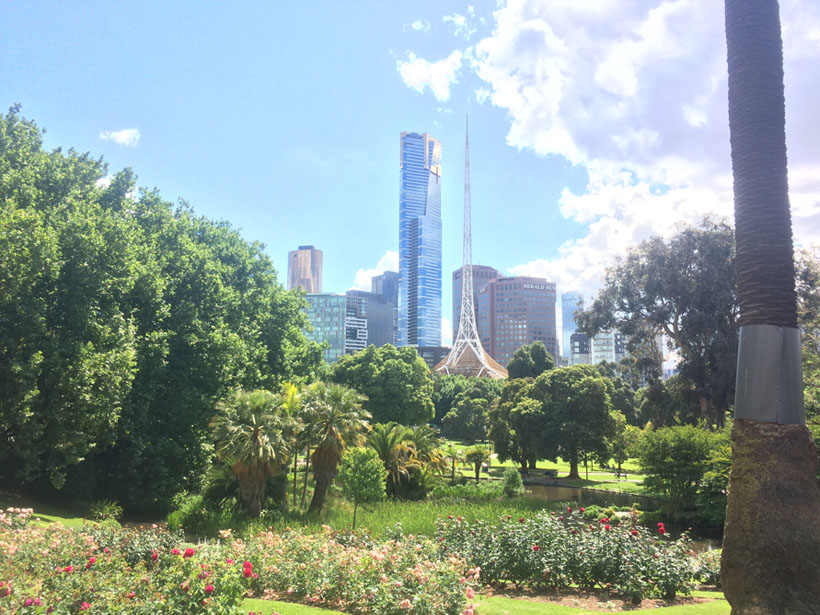
For me, the beauty of Melbourne was the inclusive nature of its creative culture. Art was not just something I saw on a visit to the National Gallery of Victoria. Whether I was taking a shortcut down an artistic alleyway or stopping for a coffee, I was almost always engaging with the open and independently creative nature of the city. The urban edge of Melbourne is paired with its acceptance for art of all forms – and I can safely say that just a week spent soaking up this creative energy definitely wasn’t long enough…
